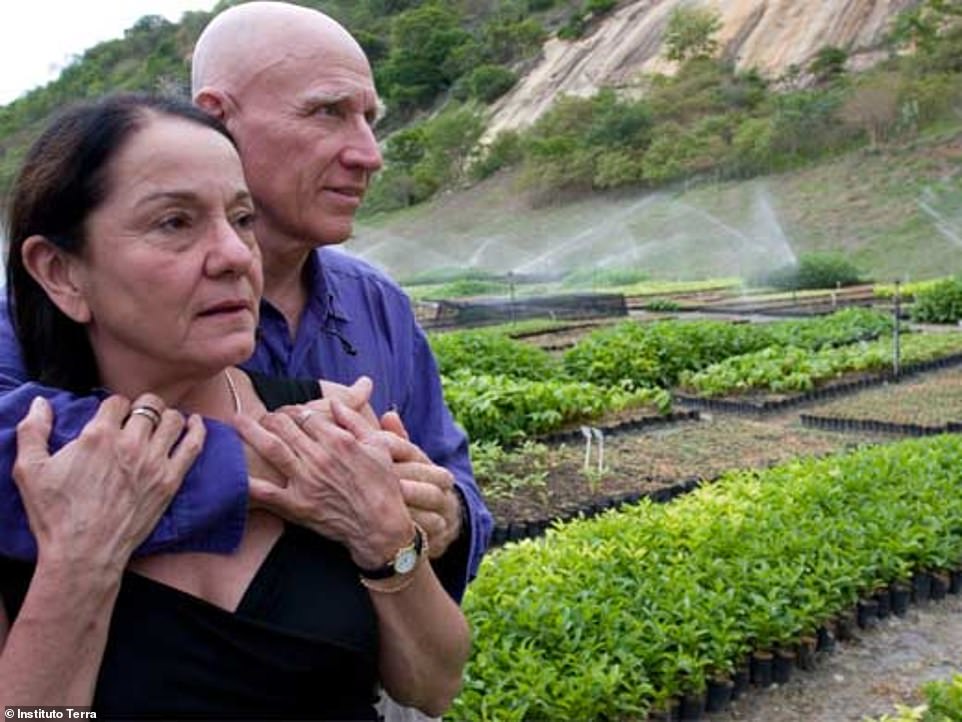Nearly three decades ago, Brazilian photojournalist Sebastião Ribeiro Salgado returned from a heart-wrenching assignment in East Africa, where he had been documenting the horrifying events of the Rwandan genocide.
His return, however, didn’t bring the solace of a comforting homecoming.
Instead, he was met with another traumatic sight: his family’s cattle ranch in Minas Gerais, Brazil, once lush and teeming with life, had been stripped of its vibrant trees and wildlife, presenting a stark contrast to the verdant paradise he once knew.
Sebastião poignantly shared with The Guardian, “The land was as sick as I was.”
His words encapsulated the profound connection he felt with the land, a shared pain between the man and the earth.
His wife, Lelia, equally shattered by the devastation of the once-vibrant land, proposed an idea that seemed almost as vast and impossible as the barrenness before them.
She suggested they replant the forest, a monumental task that would require more than just seeds and soil—it would demand unwavering commitment and a belief in rebirth and renewal.
In 1998, embracing the challenge with determination and a deep-seated desire to revive a crucial part of their country and family history, Sebastião and Lelia established the Instituto Terra.
This environmental organization, dedicated to the sustainable development of the Valley of the River Doce, became the vessel through which they would navigate the arduous journey of healing both the land and, in many ways, themselves.
The couple, along with their team, embarked on a journey to replant and rebuild the 1,754-acre plot of land.
It was a labor of love, years of hard work, dedication, and persistence, fueled by a dream of restoration.
Slowly, the barren desert that Salgado returned to began to transform, blossoming into the lush paradise that had once existed only in his memories.
The seeds they planted grew not just into trees but symbolized hope and a future for the devastated land.
Now, the region stands as a testament to what can be achieved with dedication and a dream.
It is recognized as a Private Natural Heritage Reserve, a sanctuary where nature has been given the space and support to reclaim its rightful place.
The once-barren cattle ranch is not only thriving but has also become a haven for hundreds of species of animals and plants, breathing life back into an area that had once seemed irreparably damaged.
The land, now vibrant and alive, hosts 293 species of trees, 172 species of birds, 33 species of mammals, and 15 species of reptiles and amphibians, many of which are endangered and have found a safe refuge in this rejuvenated environment.
This influx of flora and fauna in such a short span has significantly impacted the ecosystem and climate, creating a ripple effect that extends beyond the visible transformation of the land.
